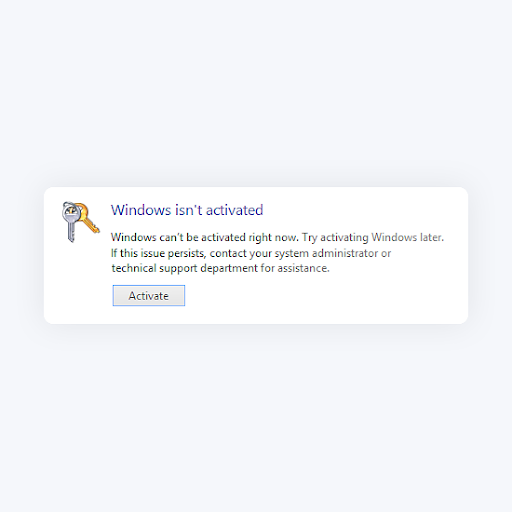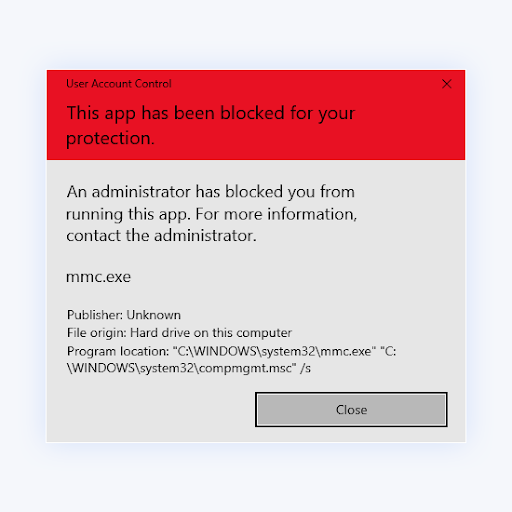4 Tips to Implement an Internal Knowledge Base

As a business owner, it’s a great practice to implement a knowledge base for your customers and clients. However, having an internal knowledge base for your employees is just as important. In this article, we’ll be sharing 4 essential tips to successfully develop an internal knowledge base.
(Source: Vector created by stories)
As your company scales and changes, more and more information has to be shared with workers. New practices might come into play, some old procedures become obsolete, and so on. By implementing an internal knowledgebase, you can ensure that your workers are always up to date with how they should handle situations.
The benefits of an internal knowledge base
There are many different reasons why your company should have an internal knowledge base. It may take some time and effort to develop one, however, it’s definitely worth it.
Let’s take a look at the benefits of having an internal knowledge base.
- Make internal information easily accessible. Procedures, policies, rules, and other information has to be easily accessible to your employees in order to improve communication. An internal knowledge base allows you to set this up.
- Centralized information source. Instead of having to provide countless hours of additional training and help, allow your employees to search within an internal knowledge base for answers.
- Quick workflows. Your employees will perform better if they have easy access to crucial information regarding procedures and projects.
As you can see, implementing an internal knowledge base is definitely a worthwhile investment. Lower training costs, less wasted time, and enhanced communication all point out how important it is to have this implemented in your business.
4 Tips to implement an internal knowledge base
Here are the tips to help you implement an internal knowledge base:
1. Start by addressing common questions

To begin building up the content in your knowledge base, focus on giving your employees answers to their most common questions. The core function of an internal knowledge base should always be providing relevant information and answers to the most frequent questions that come up within your organization.
Observe your workers and analyze their concerns, questions, and suggestions. If needed, make sure to ask around for ideas on what should be included in the knowledge base to make work easier for a new, less experienced employee.
Depending on your field of work, you might even find inspiration from FAQ pages around the internet. For example, when providing guidelines for your design team, you can get ideas from the software page or forums. Besides, you can learn how to register a company in Singapore here.
2. Keep your knowledge base reader-friendly

Dumping information into your knowledge base without proper organization isn’t going to get you the results you expect. To ensure your employees can find things easier, keep all entries in your knowledge base organized by following these tips:
- Create different categories for knowledge base entries. Having your entries organized in different categories allows your employees to quickly locate entries relevant to their issues. This ensures that your information source can be used independently without having to provide additional guidance.
- Keep titles short and to the point. Another great way to reduce wasted time is by titling your entries correctly. Keep titles short, and always include the key issue.
- Implement a search engine. When deciding on how to create your knowledge base, ensure that there’s a built-in search engine. This will allow your employees to search up an issue and immediately find relevant information.
- Include tags on every knowledge base entry. If possible, tag your knowledge base entries. For example, you can tag relevant software, teams, or even groups.
3. Link relevant information

There are no rules regarding external information in your knowledge base. If you feel that you want your employees to explore reliable and relevant information from outside your company, always link to it in your knowledge base.
For example, many knowledge bases have a section for sharing relevant articles, news, and even videos from websites such as YouTube. Linking information like this is a great way to reduce the time and effort needed to write tons of knowledge base entries. However, you should never base your knowledge base on outside links.
4. Figure out maintenance

Take some time to think about how your knowledge base will be updated and maintained. This heavily depends on your field of work and the nature of your practices. Some fields require little to no updates, while others may find that their information has to be kept up to date every month.
If you’re unsure, you can always switch up your maintenance plans and make them more or less frequent so they’re adjusted for your unique needs. Depending on your findings, assign an appropriately sized team to keep your internal knowledge base reliable and up to date.
Final thoughts
If you need any further help, don’t be afraid to reach out to our customer service team, available 24/7 to assist you. You can also read more informative posts on our help center. Return to us for more informative articles all related to productivity and modern-day technology!
Would you like to receive promotions, deals, and discounts to get our products for the best price? Don’t forget to subscribe to our newsletter by entering your email address below! Receive the latest technology news in your inbox and be the first to read our tips to become more productive.










